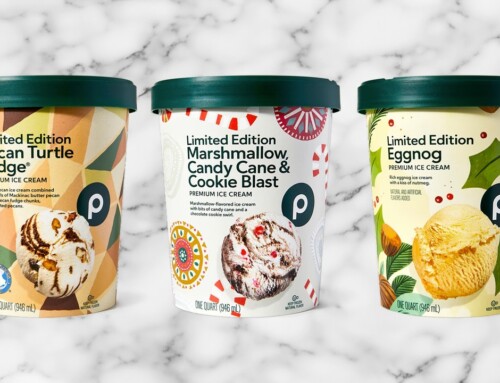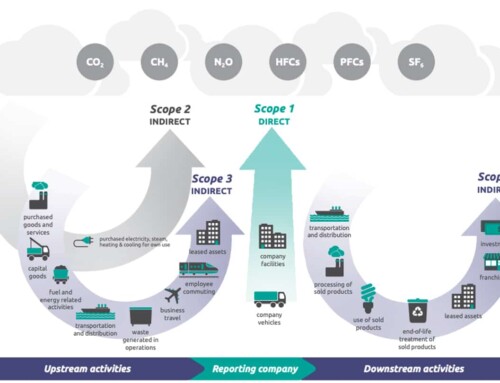 This guest post comes from Danish Rahi Head of Private Brands Execution and Design, Family Dollar. The post was originally published on Linkedin.
This guest post comes from Danish Rahi Head of Private Brands Execution and Design, Family Dollar. The post was originally published on Linkedin.
In many ways the world after 09/11/2001 changed forever, but it changed not just in days or weeks but also over months and years after that. The Department of Homeland Security came into being, 3.1 million Americans entered military services between 2001 and 2011 and nearly 2 million were deployed to Afghanistan or Iraq. Crude oil prices surged and major initiatives were triggered to reduce our dependency on foreign oil while the child mortality rate declined over the years in Afghanistan due to the long-term American presence there.
Taking off our shoes at the airports and going through walk-in security scanners all became part of the “new normal”.
The point is, that whenever in history events or crises of great significance occur, they trigger a ripple effect of changes and disruptions. The BMW brand today is a byproduct of the two World Wars; their first product was a straight-six aircraft engine. And within such changes and disruptions lies opportunities for growth, penetration and development.
There is little doubt that the COVID19 Pandemic has disrupted life worldwide clearly fracturing the usual shopping behaviors. As some stockpiling continues due to new surges in positive cases, essential retailers find themselves in the midst of a buying frenzy on both ends, focused on keeping their supply chains intact and maintaining availability of essential items.
Interestingly the general level of usage for most everyday essential items never increased, for example, the average need for toilet paper or paper towel remains consistent and therefore the spikes in sales may not be sustainable, in fact it may experience a decrease when people simply burn through their stockpiles before averaging out again.
So the question becomes, what actually changed (or is changing)? And how can Private Brands gain sustainable strategic advantage from the massive disruption? I would like to identify five key changes that are important to note.
[/et_pb_text][et_pb_text _builder_version=”4.4.9″]1. Brand Affinities and Customer Acquisition
One of the biggest changes is the fracturing of ‘brand affinity’. Shoppers practicing a hoarding behavior triggered by uncertainty, care little about brands they are picking up. Instead, they are shopping by the type of item, regardless of the brand. It is no longer a surprise to see stores after stores with empty aisles of essential items, especially in regions and cities considering going back into lockdown due to recent spikes in new cases.
As these patterns shift, private brands can position themselves as the brand of choice and switch customers with quality, reliability, value, and convenience.
According to a report by Goldman Sachs, “Measured retail sales for consumer packaged goods have surged as consumers prepare to spend a prolonged period at home in the wake of the coronavirus outbreak.” Even before the pandemic major players were pushing their private brands. Kroger’s ‘Simple Truth’ saw $2 billion in sales in 2018.
Interestingly the notion of brand affinity is not just limited to products but also stores and experiences. For example, it took me just three failed sign-in attempts on my regular grocery store’s Android App to switch to different grocery retailer. The average bounce rate for most mobile Apps is at about 50%. I now need a good reason and logic to switch back to the first retailer, which I may find someday in the future. My point here is, that people are looking not just for products and brands but new destinations. This is where corporate-level branding (vs product level) plays a key role. Retailers can transform themselves into the “destination of choice” for existing customers by expanding and reimagining their private brand offerings and attract new customers.
[/et_pb_text][et_pb_text _builder_version=”4.4.9″]2. Disposable income and financial stress
With unemployment rates at a historical high one major shift that we will see over the next weeks and months will be on value. Post-pandemic stabilizing of the economy will take time with many variants and factors that can impact the recovery phase. Lack of spending can have a snowball effect and can cause major stress on the overall economy with the potential to trigger the destabilization of key economic pillars.
For many businesses, the damage will be unsalvageable, especially small business owners and those who were already struggling prior to the pandemic. Such changes will have long-term effects but as people squeeze their spending and become more price-conscious, it creates a perfect environment for the private brands to thrive.
According to Jason Goldberg, Chief Commerce Strategy Officer at Publicis, “When you emerge from this pandemic people will be looking to save money.” And “there will be a decline in brand affinity.”
As the financial strains on the economy are realized, private brands and especially those at the deep-discount channel have a rare opportunity to capture greater market share and to position themselves at the right place and at the right time.
This also creates a perfect habitat for OPP (opening price point) private brand offerings. OPP’s not only cover retailers from a value perspective which is critical in this environment of economic distress and uncertainty but OPP’s also do something else really well and that is elevating the NBE’s (national brand equivalents) by serving on-shelf comparison and choice, which in turn helps the overall private brand sales and customer experience.
[/et_pb_text][et_pb_text _builder_version=”4.4.9″]3. Human Behavior and Design Thinking (Collateral opportunities)
It may sound surreal but many if not most people around the world will avoid shaking hands for a long time. Such a simple and common human behavior is altered so quickly. Face masks, face-shields and coverings are becoming part of the new norm and millions will be able to claim that they are well experienced in working and managing teams and businesses remotely.
What’s important to note here is not these temporary shifts but the behavioral changes that may be here to stay long-term. Some may discover simple benefits of playing board games with their kids at home and may continue to do so more often even after the pandemic. Some may do baking or cooking at home more often or continue to use the treadmill that they ordered during the pandemic and may not feel the need to go back to the gym. It is not just the short-term changes but the long-term behaviors that will transform into habits resulting in a ripple effect of permanent changes that are on the horizon.
Even if you can find people who like ‘change’, you may find it a little harder to find people who like ‘changing’. So, when people do make a change in their behaviors usually due to needs or situations that cross the point of being ignorable, it is not easy for them to switch back, even when those needs are no longer there.
Disruptions can cause retailers to alter ways of doing business and as they try different tactics, they influence shopper behaviors.
Those of us, who have spent time training dogs, know well how important repetition is. Repeating a certain task at a certain time of the day and/or in a certain situation foster habits, it is a specific registry of a specific action to trigger a specific reaction. I spent months training my Labrador, teaching hand gestures without any voice commands. In some ways similar to BMW’s new operating system. What I was really interested in seeing though was not the result but “how” my dog’s brain tried to learn and adapt. Us humans, not in every way, but at least in some ways can be smarter than dogs. Interestingly, our brain is influenced similarly, by the repetition of actions and we are capable of catching habits fairly quickly.
We humans are also very good at giving explanations and reasoning behind our behaviors. Why we do things that we do or behave in a certain way. It is called “Confirmation Bias”, that can be a key influencer in decision-making. We like to find a reason to justify our acts and behaviors and establish some level of reasoning. It satisfies us to some extent.
Great brands are really good at providing this confirmation and maintain their customers until a major disruption like the COVID19 happens where needs are altered and people can quickly find stronger reasoning to justify their updated behaviors. Each time an action is repeated, it enters a new registry into our mind and can soon become a habit.
This creates almost perfect conditions for Private Brands to acquire market share by leveraging the market chaos and changing behaviors to its advantage. Be nimble and serve the opportunity to become part of shopper’s habits. Be placed and positioned accordingly, backed by passive communication methodologies.
[/et_pb_text][et_pb_text _builder_version=”4.4.9″]4. Ecomm
Due to the type of crisis that the world is experiencing, requiring people to practice social distancing, it is hard to ignore the sharp spike in online shopping trends. The trend was already on the rise prior to the pandemic. According to numbers published last June from eMarketer, U.S. digital groceries hit $23.9 billion in sales in 2018 and were forecasted to hit $59.5 billion by 2023.
On top of that, the massive disruption caused by the pandemic created a near-perfect scenario for people to “switch” to online options. Amazon saw a tremendous strain on its supply and delivery mechanism with delayed prime deliveries and out-of-stock items while hiring over a hundred thousand people and prioritizing essential items, but still is emerging from the pandemic as one of the top beneficiaries.
During these uncertain times when people are avoiding public places and having difficulty finding essential items, it is obvious to look online for items that can be picked up or can be delivered right to your doorsteps. With compromised brand affinity, people are much less brand conscious and are more focused on the type of item. In fact, this is a common behavior for online shoppers regardless of any hypothetical conditions. People search more by the type of product versus brands.
This understanding helps private brands to excel and thrive. In fact, in some cases, private brands can be the brand of choice just by not being national brands. Shoppers may be looking for less known brands to help their treasure hunting experience while still avoiding lower quality unbranded items that offer no promises. At a minimum, a perception of doing so can be considered.
5. Fluctuations and Turbulence
Even average epidemics, incidents and events can posses some capability to cause disruptions, in this case where over 200 countries are engaged in fighting one of the most contagious viruses ever, there is no doubt we will experience not a single but multiple phases of disruption on various fronts.
The fluidity combined with unpredictability creates an environment that makes it almost impossible for average shoppers to maintain normal patterns. The patterns are bound to shift as phases of disruptions are noted by industries and LOBs experiencing changing levels of unpredictability.
However, retailers carrying private brands can deliver and increase penetration by following these shifts, the key is to have the ability to shift focus quickly and proactively by studying these changes. Imagine being on a NASCAR track shifting gears based on the changing situation around you. You don’t succeed by shifting a gear once or by only shifting in one direction (high or low), instead, you must (develop a mechanism to) shift constantly, sometimes low and sometimes high, depending on the need. Secondly, you must be able to measure the time it takes to shift each time and reduce it.
It is important for retailers along with their private brands to start seeing the disruptions caused by the pandemic as a marathon instead of a sprint due to its long-term impact. It may cause interruptions in various segments of the economy that can include energy sector, real estate, automobile industry, financial, and education sectors which in turn will cause other interruptions impacting people’s lives while shaping the so-called ‘new normal’. Abrupt fluctuations will open up new opportunities especially for large retailers to partner with other businesses and tap into the emerging demands.
Private Brands in such conditions can reimagine the brand positioning and potential, and play a key role in leading such changes. However, an important part of succeeding is not just for the private brands to be able to do it, but be the first one to do so by taping into emerging needs. Be nimble, be able to shift, and then shift again as needed. Be aggressive with cost and fret analysis while practicing short-term forecasting mentality combined with long-term agile penetration strategy. Even the packaging should be kept as simple and cost-effective as possible to minimize strain on the production process and improve speed-to-market.
Conclusion
There is a freeware web-based service called IFTTT that create applets. The applets can be triggered by changes happening in other web services. For example: If you upload a hash tag image on your twitter an email will be triggered each time. What is interesting to me is the concept behind this service. IFTTT stands for If This Then That.
During these uncertain times, it is no wonder that the general population is experiencing anxiety and confusion and leaders are feeling a growing pressure to resume normalcy.
However, this process will be unfortunately slow and can see phases of disruptions directly impacting retail. But the retailers selling essential items have a unique and historical opportunity to elevate their private brands. Even if the situation starts to normalize in some regions and countries, it may be deteriorating in others impacting the supply chains.
While most essential retailers are just trying to make sure how to maintain inventory and supply, it can be a great time to take the lead and turn the tables by strategizing with the IFTTT mentality. What disruptions may occur if we see virus spikes during the holiday season?
Several models can be developed but the private brand strategy should be based on the IFTTT combined with realistic but nimble forecasting and keeping a hand on the pulse.
This is a time where Private brands can not only add new items and make their presence known, but also venture into new categories and take advantage of the disruptions. The retailers will need to be open to small failures in order to secure larger gains. By using a certain level of startup mentality, agility, and calculated risk infused with rapid data analytics; private brands can grow significantly during the pandemic and claim greater market share.
Lastly, it is a time to alter the traditional thought process, that may include supplier hunting, usual negotiations on quality, pricing and quantities while allocating more shelf footage to essentials and converting SKUs to private brands, but the sustainable growth is hidden in the ‘destination building’ and acquiring a larger market share. This requires a cohesive approach where various areas including penetration strategy, space planning, and marketing among others must be aligned and focused on the evolving customer needs, empathy, and discovery of latent needs. The traditional ‘normal’ should be revisited to develop winning alignments with the ‘new normal’. There is no doubt the private brands today have the potential to emerge from the COVID19 pandemic as one of the top beneficiaries.
[/et_pb_text][/et_pb_column][/et_pb_row][/et_pb_section]Related Incites
2025 EVENTS
TICKETS, SPONSORSHIPS & EXPO BOOTHS NOW AVAILABLE







